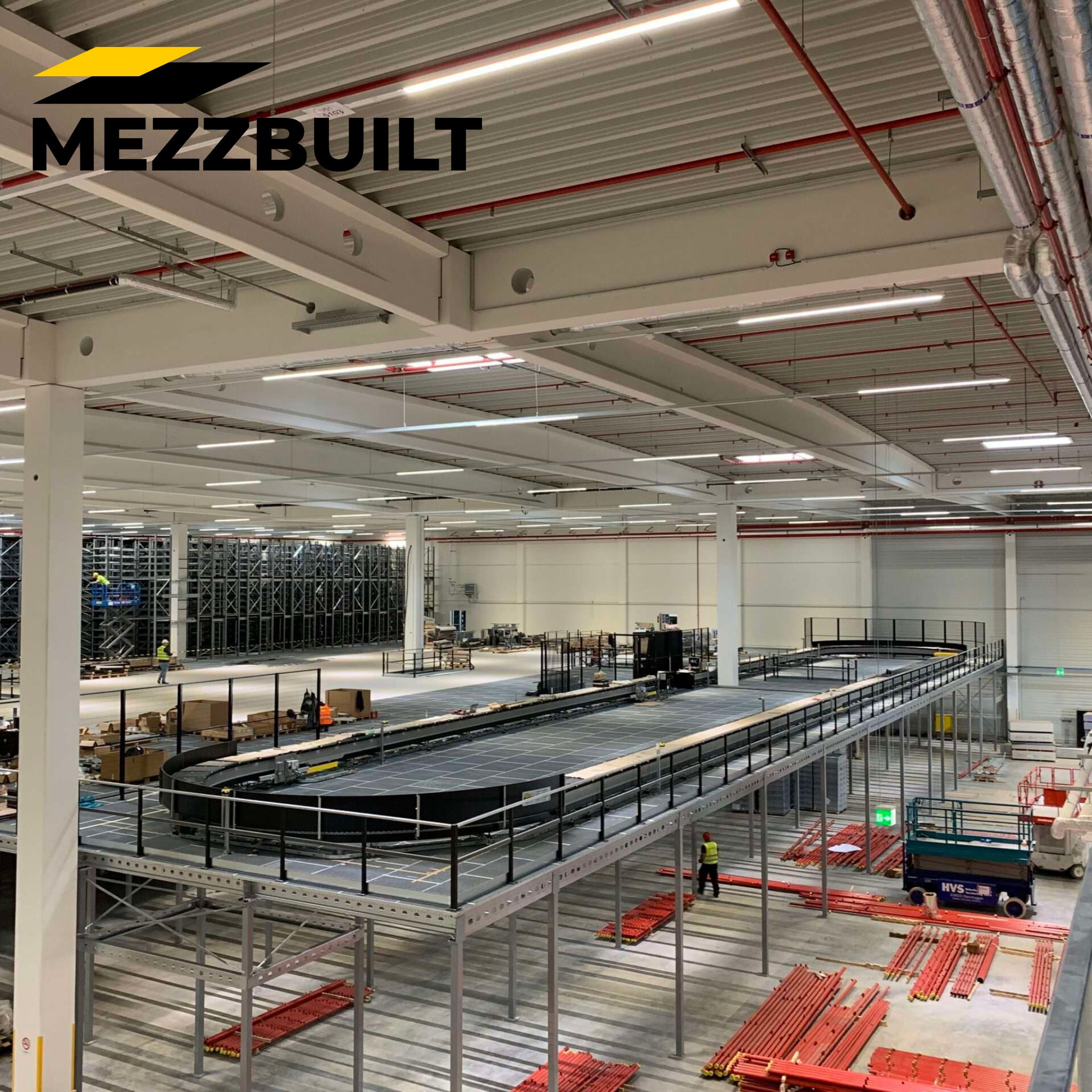Water is the most fundamental human need—yet billions around the world still struggle to access it safely. Clean water access remains one of the most pressing global issues of our time. Despite progress over the years, millions of people continue to live without safe clean drinking water, especially in rural, conflict-affected, and low-income regions.
As climate change worsens water scarcity and infrastructure gaps persist, ensuring clean water and sanitation for all is no longer a goal for the future—it’s an emergency that demands action today.
The Reality: A World Divided by Water
According to the World Health Organization (WHO), around 2.2 billion people globally do not have safely managed clean drinking water services. This means their water may be unsafe, unreliable, or too far from home to access easily.
Even more alarming is the fact that over 4.2 billion people lack access to safely managed sanitation. This gap is especially visible in sub-Saharan Africa, parts of Asia, and remote regions in Latin America. Women and children bear the greatest burden, walking hours each day to fetch water, often from contaminated sources.
This lack of clean water and sanitation is linked to a wide range of health, social, and economic problems, including the spread of diseases, child mortality, and lost productivity.
Why Clean Water Access Matters
1. Health and Hygiene
Without clean drinking water, communities face the risk of waterborne diseases like cholera, dysentery, typhoid, and diarrhoea. According to UNICEF, water-related diseases cause nearly 1,000 child deaths every day. Proper clean water and sanitation is critical for controlling infections, especially in times of pandemic outbreaks like COVID-19.
2. Education and Opportunity
Children, especially girls, often miss school because they spend hours collecting water. Schools without safe drinking water and toilets discourage attendance, particularly for menstruating girls. When water is readily available, educational participation and academic performance improve significantly.
3. Economic Development
Clean water access boosts economic growth. Time saved from water collection can be spent on education, work, or running a business. Healthier populations reduce the burden on healthcare systems and lead to more productive communities.
Global Commitments and Sustainable Development
The United Nations’ Sustainable Development Goal 6 (SDG 6) aims to “ensure availability and sustainable management of water and sanitation for all” by 2030. While progress has been made, the world is not on track to meet this goal.
Achieving universal clean water and sanitation requires stronger political commitment, increased investments in water infrastructure, and effective monitoring systems to ensure equitable access. This also involves climate-resilient infrastructure and policies that prioritise marginalised and vulnerable populations.
Challenges to Clean Water Access
1. Climate Change
Erratic rainfall patterns, floods, droughts, and rising temperatures have disrupted natural water cycles. Climate change has made water scarcity worse in regions already under stress. Rural communities that rely on groundwater or seasonal rivers are particularly affected.
2. Pollution
Industrial waste, agricultural runoff, and improper sewage disposal continue to contaminate water sources. Rivers and lakes in many developing regions are polluted beyond safe levels, reducing the availability of clean drinking water.
3. Lack of Infrastructure
Many low-income and remote areas lack the basic infrastructure needed to deliver water—pipes, purification systems, storage tanks, and sanitation facilities. In some cases, the infrastructure exists but is poorly maintained or inaccessible due to conflict or corruption.
Innovative Solutions Making a Difference
Despite these challenges, innovative and community-led solutions are paving the way for progress.
- Gravity-fed systems: These use natural slopes to move water from a clean source to a community without the need for pumps.
- Solar-powered filtration units: Providing energy-efficient purification methods in off-grid regions.
- Rainwater harvesting: Particularly effective in regions with seasonal rainfall, capturing and storing water for year-round use.
- Mobile water testing and monitoring: Enabling local authorities and NGOs to detect and respond to contamination quickly.
Organisations like WaterAid, UNICEF, and many grassroots movements are proving that targeted, localised efforts can significantly improve clean water access.
India’s Experience: Progress with Gaps
India has made significant strides in water access through initiatives like the Jal Jeevan Mission, which aims to provide piped water to every rural household. However, challenges remain—especially in water-stressed states and underserved tribal or remote areas.
Moreover, access does not always equal safety. Water quality continues to be a concern in many parts of India, where contamination by arsenic, fluoride, or faecal matter poses serious health risks.
What Can We Do?
Everyone—from governments and businesses to individuals—has a role to play in ensuring clean water and sanitation for all.
- Governments must prioritise investments in water infrastructure and adopt transparent, climate-smart policies.
- Corporations can support water stewardship programs and reduce industrial water pollution.
- NGOs must continue their critical work in awareness, infrastructure building, and advocacy.
- Individuals can conserve water, report leaks, and support initiatives focused on water justice.
Conclusion: Time Is Running Out
Water is life. Yet millions still live without safe, reliable, and dignified clean drinking water. The crisis is real, but it’s solvable—if we act now. With the right commitment, collaboration, and innovation, we can ensure clean water access for every person on this planet.
Solving the water crisis is not just about infrastructure; it’s about justice, equity, and our shared humanity. Let’s not wait for a global emergency to value what we can’t live without. The time to act is now.


